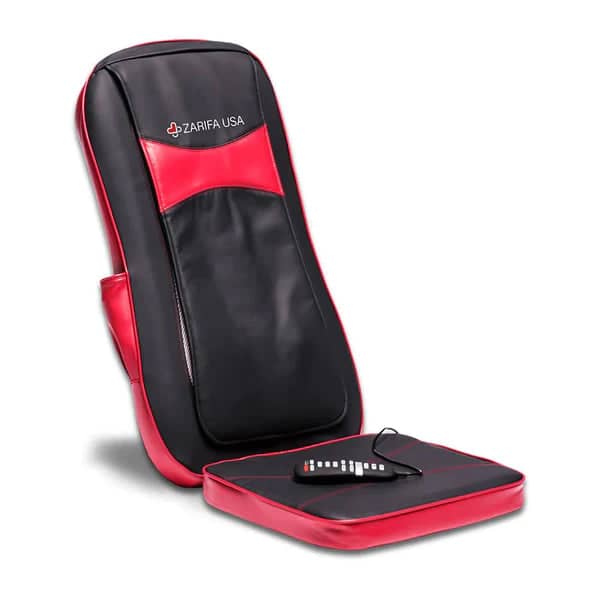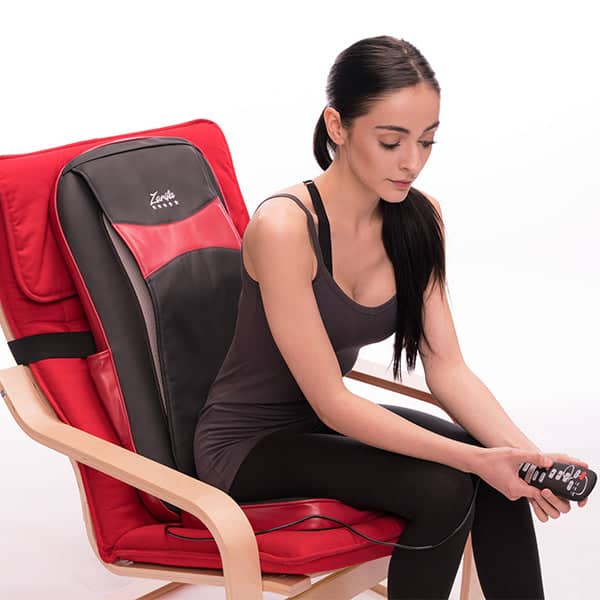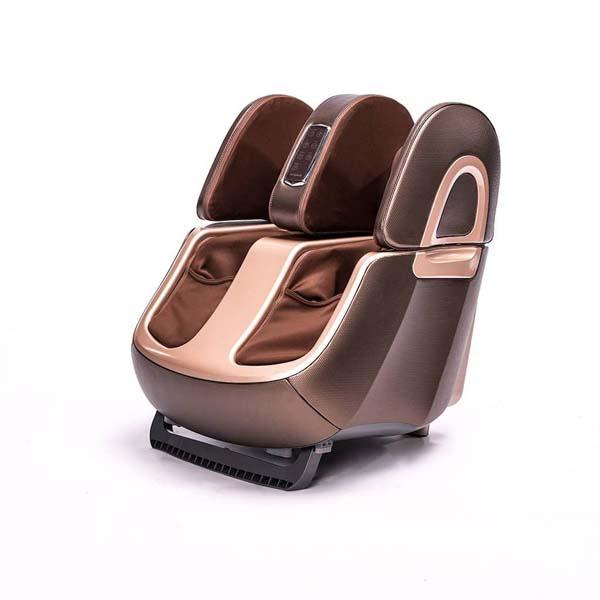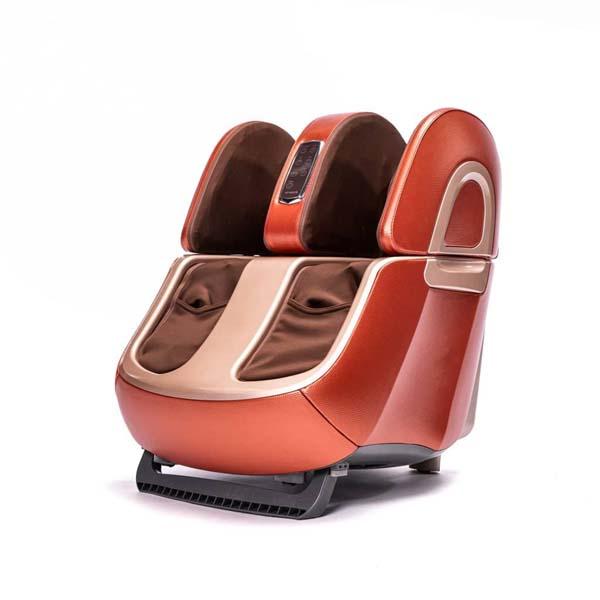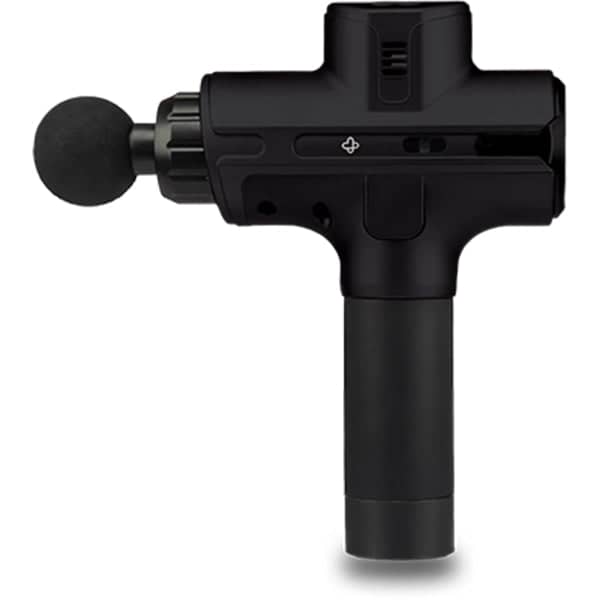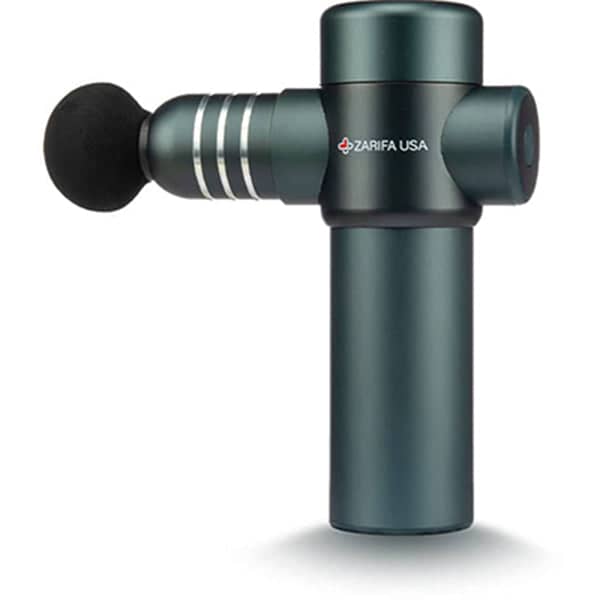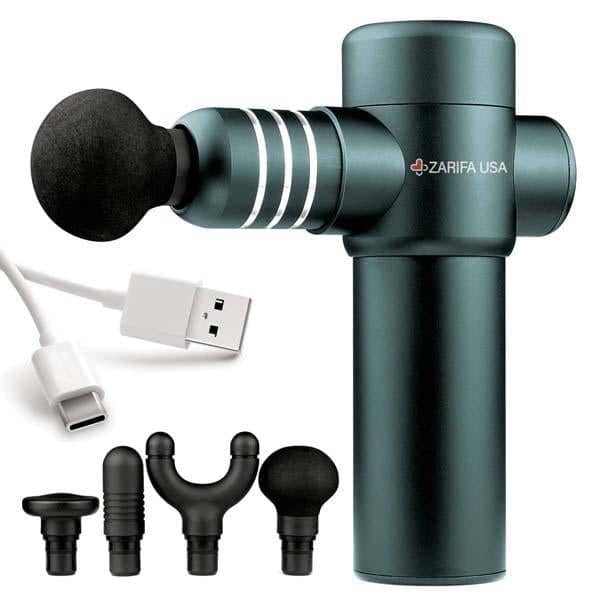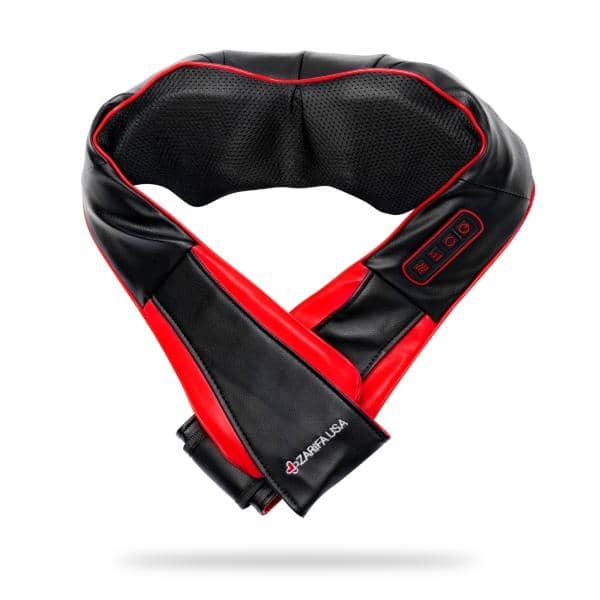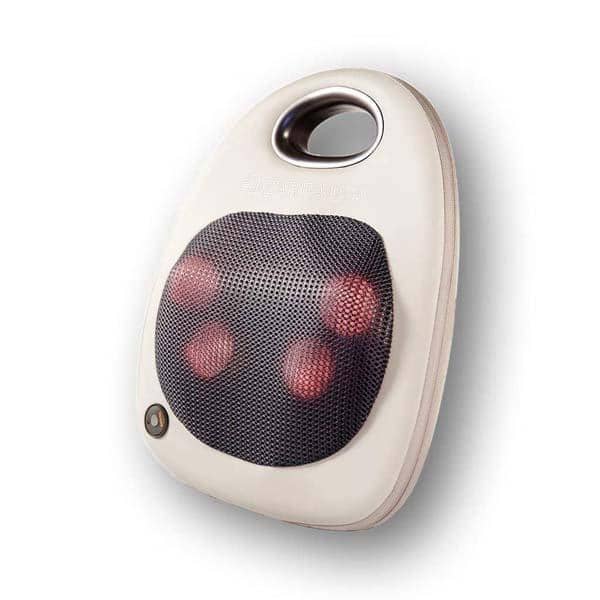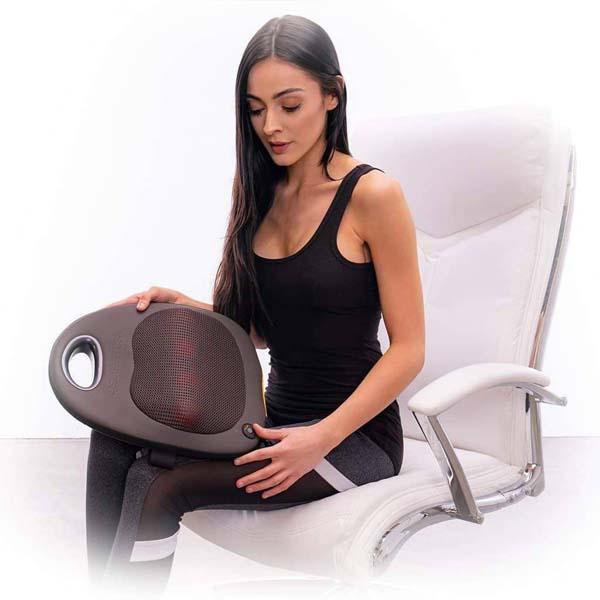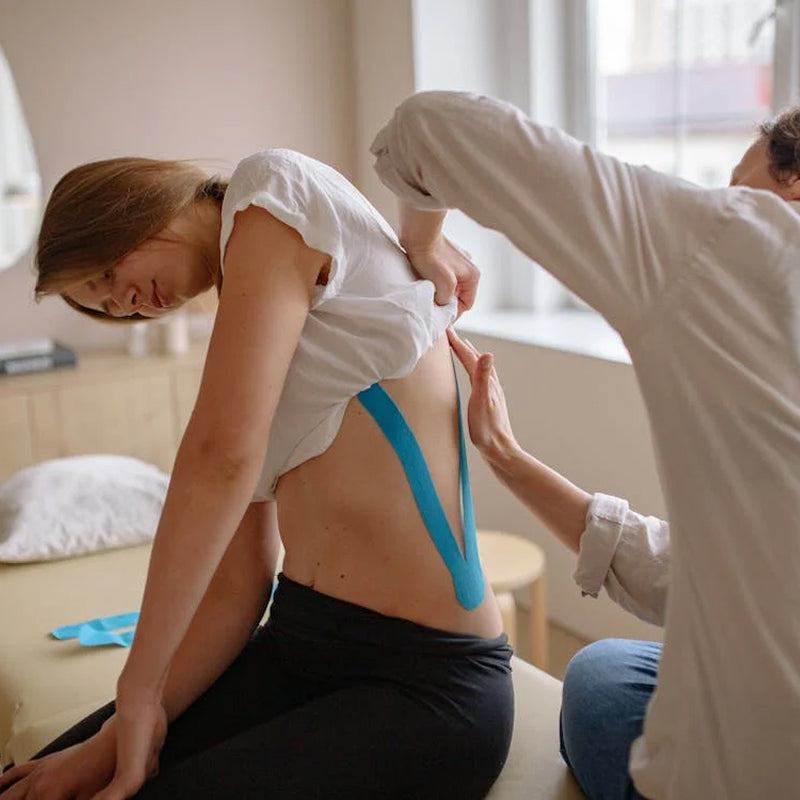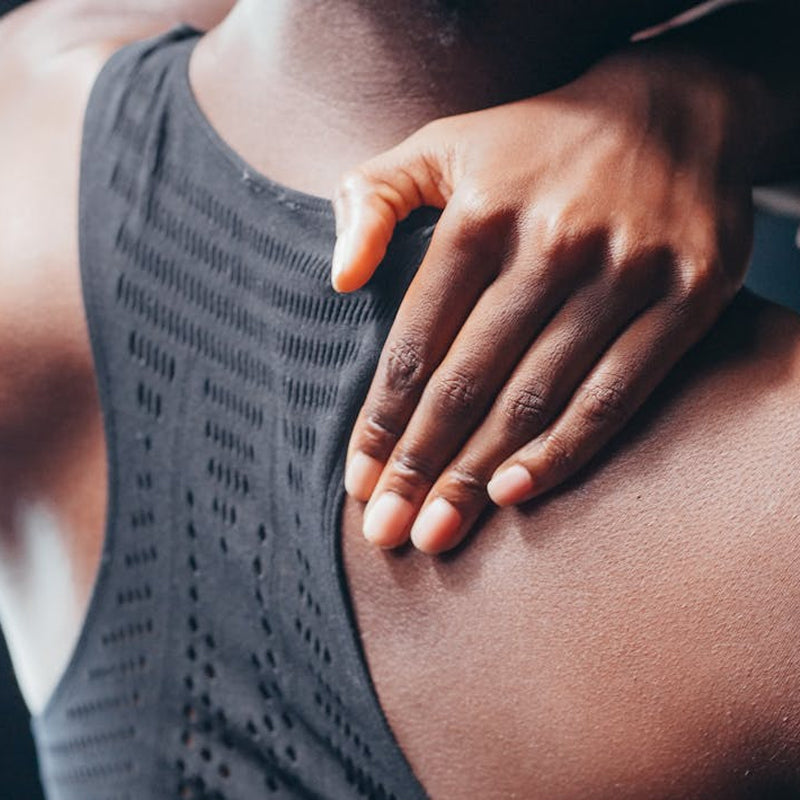Life happens. Working full-time, going to school, and staying active can all burden the mind and body. That's why it's important to find time to relax and rejuvenate. If you're someone who doesn't know how to relax, this guide is here to help. Here are 10 relaxation techniques you should try at home. Whether it's mindful meditation, talking to a loved one, or giving yourself a much-needed self-massage, these tips will help reduce stress, anxiety, and physical discomfort where you need it.
Focused Breathing for Relaxation
A common way to relax at home is through deep breathing. Focused breathing is a technique in which you inhale deep breathing while opening up your body and muscles. Then, relax and exhale. Many people find focused breathing to be a calming activity. It helps to time your breaths, so consider a four-second interval as you breathe. To do so, inhale for four seconds and open up your body. Hold your breath and your position for an additional four seconds. Then, take four seconds to exhale. You’ll find that slower breathing techniques help reduce your heart rate and help you relax.
Visualization
Visualization, also known as guided imagery, is another common technique. It involves sitting or reclining in a tranquil environment and using your mind to visualize positive outlooks in life. For example, many people like to visualize what makes them happy. This can be friends, family, pets, personal accomplishments, and so on. Since intrusive thoughts can hinder the practice, make sure to focus on positive outlooks. This will help calm you down and allow you to focus on achieving more accomplishments in life.
Meditation
Meditation is similar to visualization. However, visualization is the constructive act of focusing on thoughts whereas meditation is the act of letting your mind wander. You may have heard the phrase “let go of your thoughts” before. Mindful meditation is remarkably similar to that concept. Put some relaxing instrumental music or other comforting white noise on in the background. Then, sit still and allow your mind to wander. The goal of mindful meditation is to reduce anxiety, depression, and pain. A 15- to 20-minute session of mindful meditation is a productive way to start the day and reduce these symptoms.
Light Exercise
Engaging in some light exercise can also help you relax. Walking, jogging, and lifting weights are all relaxing activities. While lifting weights may seem like more of a physically taxing activity, many people enjoy the physical exertion on their muscles. Any physical activity is going to release dopamine and serotonin, the two hormones responsible for happiness and well-being. In addition, exercise helps strengthen your immune system and can reduce anxiety and depression. Tai chi, which involves slow, graceful movements and deep breathing, is another excellent form of light exercise that promotes relaxation and reduces stress.
Self-Massage to Relieve Muscle Tension
Many people need a massage to help them calm down. Knowing basic massage techniques, such as using light pressure and being attentive to your comfort, can enhance the effectiveness of self-massage. Fortunately, you don’t need to pay a massage therapist to do it for you. Self-massages reduce pain, stress, and muscle tension. You don’t even need to be an expert. Just a few minutes spent massaging sore spots, muscle knots, and pressure points can alleviate discomfort. Use massage oils, lotion, or essential oils to enhance the experience. If your hands aren’t enough, there are many types of personal massagers for your feet, neck, or back that can help. Incorporating tools like the Zarifa USA massage chair can elevate your self-massage experience by providing full-body relief with features like heating therapy and zero gravity reclining.
Yoga
Similarly, yoga helps improve flexibility. Yoga helps tie exercise and meditation into one activity. Used throughout centuries, yoga helps with mental focus and balance. It's also beneficial for those with limited mobility or who have health conditions. Before performing any yoga position, do some research. There are plenty of videos and tutorials for beginners to learn simple yoga moves that will have just as many mental and physical benefits as more complex ones.
Positive Mantras
Positivity is key for self-awareness and positive self-esteem. Therefore, repeating positive mantras in front of a mirror is one of the best relaxation techniques you should try at home. It's quite simple: stand in front of a mirror and repeat positive attributes about yourself. This could be something like “I did a good deed today” or “I am my best motivator.” Those are just some examples, but the principal factor is that these mantras are self-improving. Positive recognition, even from yourself, helps clear the mind of intrusive, self-deprecating thoughts.
Eat a Comfort Meal
Some people claim that food is the best medicine. In some cases, they're right. Certain foods, like comfort foods, release serotonin and dopamine into the brain. These feel-good hormones help reduce anxiety and stress. Healthy foods, like lean proteins, healthy fats, and complex carbohydrates, are some notable examples. Even so, unhealthy foods—in moderation—can also help you feel better in tough times.
Passive Rest
Similarly, don't be afraid of passive rest. The point of relaxation is to calm the mind and body. There's nothing wrong with laying on the couch and binging your favorite show. For some, this is a calming activity. If TV isn't your go-to, read a book or listen to your favorite podcast. Sit outside and enjoy the environment around you. If you truly need to move, active rest, like taking a walk around the neighborhood, will help too. Of course, what you do during your rest time is entirely up to you.
Talk to Someone
Last but not least, talk to someone. Humans are social creatures. Even if you’re not the most extroverted person, sometimes, talking to someone about personal troubles helps more than you realize. Active listening is crucial for establishing social bonds. Reach out to a friend, family member, partner, or someone you trust. They may offer good advice to help you overcome your issue. Even if they sit and actively listen, they’re still there to be a helping hand and shoulder to lean on.
If you experience emotional discomfort during relaxation techniques, consider talking to a mental health professional for additional support.
Enhancing Your Relaxation with Technology
When you've tried all else, or as part of your self-massage, sometimes, the best thing to help you relax is a shiatsu massager. Zarifa USA has the best selection of back, neck, and eye massagers on the market. If you have chronic pain, lingering muscle tension, or need something to help alleviate stress, these massagers do the trick. They're also HSA and FSA compliant. Contact us today to learn more.
Exploring Advanced Massage Chairs
For those looking for a more comprehensive solution, consider investing in a massage chair equipped with advanced features such as roller computerized body scanning, intelligent voice control, and space-saving technology. These massage chairs can provide a full-body massage that mimics the techniques of professional massage therapists. With the inclusion of heating therapy and zero gravity reclining, these chairs offer an unparalleled relaxation experience.
Convenience and Versatility
Zarifa USA's massage chairs are designed to fit seamlessly into your home. Their space-saving technology ensures that you can enjoy a luxurious massage experience without compromising on space. Additionally, features like intelligent voice control and computerized body scanning allow for a personalized massage experience tailored to your specific needs. Whether you are dealing with chronic pain, stress, or simply looking to unwind after a long day, these chairs provide a convenient and effective solution.
Holistic Wellness and Stress Management
Incorporating massage therapy into your routine can have profound effects on your overall wellness. Regular use of a massage chair can help improve blood circulation, reduce muscle tension, and promote better sleep. The therapeutic benefits of these chairs extend beyond just physical relief; they also contribute to mental well-being by reducing stress and anxiety levels. Regular use of a massage chair can help you become more aware of your body's stress response and manage stress symptoms effectively.
Customer Satisfaction
Our customers consistently praise the quality and effectiveness of Zarifa USA's massage chairs and massagers. From reducing chronic pain to improving sleep quality, the positive feedback highlights the transformative impact of our products. With features designed to cater to a wide range of needs, our massage chairs are a valuable addition to any home wellness routine.
Progressive Muscle Relaxation
One effective relaxation technique that complements massage therapy is progressive muscle relaxation. This method involves tensing and then slowly releasing each muscle group in your body, starting from your toes and working your way up to your head. This technique helps relieve muscle tension, reduce stress, and improve overall relaxation. It is especially beneficial when combined with the use of a massage chair, as it enhances the relaxation response and promotes a deeper sense of well-being.
Breathing Exercises and Mindfulness Meditation
Incorporating breathing exercises and mindfulness meditation into your daily routine can further enhance your relaxation efforts. Techniques such as diaphragmatic breathing, where you take slow, deep breaths from your diaphragm, help activate the body's relaxation response. Mindfulness meditation, which involves focusing on the present moment and observing your thoughts without judgment, can reduce stress and improve mental well-being. These practices, combined with the use of a massage chair, create a holistic approach to managing stress and promoting relaxation.
Art Therapy and Biofeedback Assisted Relaxation
Exploring complementary and integrative health practices like art therapy and biofeedback-assisted relaxation can also contribute to your relaxation journey. Art therapy allows for creative expression, which can reduce stress and improve mental health. Biofeedback-assisted relaxation uses technology to monitor physiological responses, helping you learn how to manage stress more effectively. Incorporating these techniques into your relaxation routine, alongside the use of massage chairs, can provide a comprehensive approach to stress management and overall well-being.
Conclusion
Incorporating relaxation techniques into your daily routine is essential for maintaining mental and physical health. From focused breathing and visualization to advanced massage chairs, there are numerous ways to achieve relaxation at home. Explore the range of products offered by Zarifa USA to enhance your relaxation and overall well-being. Visit our website or contact us today to learn more about our innovative massage chairs and other wellness products.


